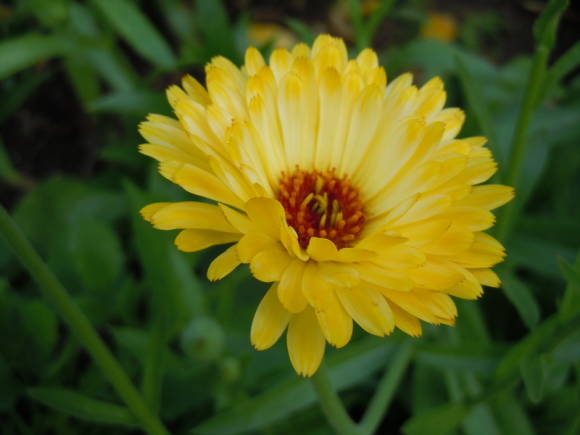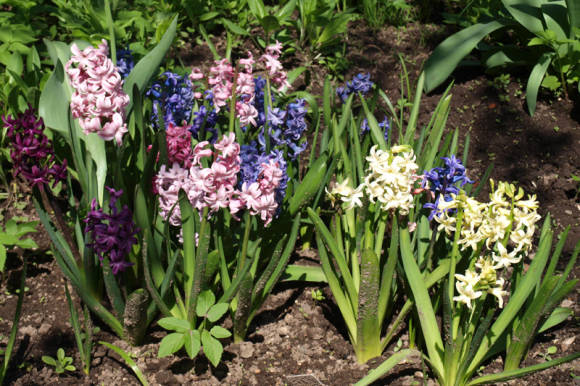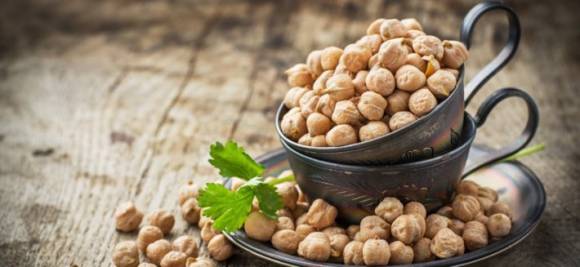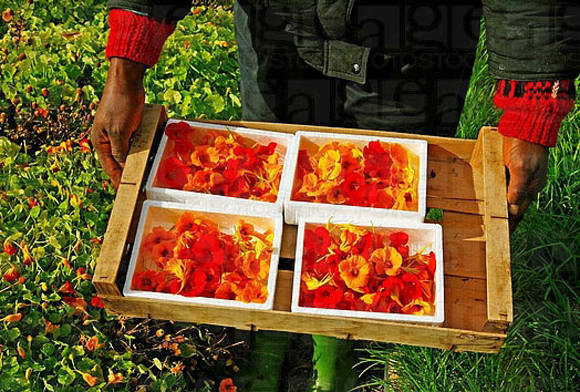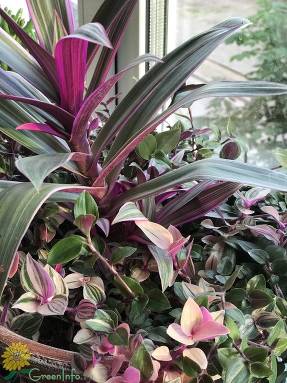Davallias with thin openwork foliage have another very interesting structural feature - soft, pubescent rhizomes hanging down, which gave them the nicknames Hare's feet or Deer legs. These epiphytic ferns are a good choice for home keeping, they are relatively picky to care for and can be recommended even for novice growers. The most common type for indoor growing is davallia canary (Davallia canariensis), although other species require approximately the same conditions.

Illumination. These ferns prefer to grow in bright, diffused light, although they are fairly shade-tolerant plants and thrive well in partial shade. They should be protected from the scorching summer sun. In the davallia room, windows facing north or east are optimal. Davallias grow well under artificial light. With a lack of light, ferns gradually degrade, leaf fall begins, growth stops or stops altogether.
Temperature. In summer, davallia is kept at a temperature of + 18 ... + 22 ° C, and in winter at + 15 ... + 18 ° C. Cooler conditions will provoke leaf fall, but new leaves may resume growth in spring. The temperature should not fall below +1.5 ° C. The plant does not like strong cold drafts.
Watering. Dawallia rhizomes store a certain amount of water, which allows them to survive short periods of dryness, but it is better not to abuse this so that the leaves do not start to turn yellow and fall off. 1-2 times a week, as soon as the loose soil dries out, it is better to arrange a warm shower, this method of watering will allow you to well moisten the foliage and rhizomes. And then let the soil dry a little before the next watering. Stagnation of water in the pot should be avoided. In autumn and winter, especially in a cool room, the frequency of watering is reduced. It is preferable to use water with a low salt content for irrigation.
Read more in the article Watering rules for indoor plants.
 |  |
Air humidity. Davallii can tolerate dry indoor air, but will thrive in high humidity. Rhizomes are able to capture water from the air and do not like to dry out, so it is important to spray them several times a day.
Soil and transplants... Davallias, like epiphytic plants, can be grown on pieces of bark, but for ease of care they are planted in small hanging pots with loose light soil. As a substrate, you can use a mixture of leaf humus, moss, medium-sized fraction of bark, sand, charcoal and pine needles. But the usual ready-made universal slightly acidic soil based on high-moor peat with the addition of 1 / 4-1 / 3 of the volume of perlite is also suitable. Drainage to the bottom is not necessary, it is more important to form a well-drained soil throughout the volume.
Davallii do not need and do not like frequent transplants, which lead to inevitable injuries. Although the rhizomes hang down in hanging pots, they should never be buried in the ground. They serve the same function as orchid roots - they cling to surfaces and extract moisture and nutrients from the air and the environment. It is better to let the rhizomes hang freely down, braiding the walls of the pot tightly and thereby making the plant even more elegant.
Read more in the article Transplanting indoor plants.
Top dressing. Ferns do not need large doses of fertilizers, for feeding, use weak solutions (1/4 dosage) of universal complex fertilizers from spring to autumn, in winter, cancel all fertilizing. Davallias are very sensitive to the accumulation of salts in the soil, partially apply top dressing by foliar method, spraying the leaves with a weak solution of fertilizers (5 g per 10 l of water), as epiphytic plants, these ferns absorb nutrients well in this way. And at least once a year, rinse the substrate with plenty of clean water.
Read more in the article Top dressing of indoor plants.
Reproduction. Davallia can be propagated by spores, but this is a lengthy process that requires special conditions. From the spores sown into a moist substrate, small plants grow, a gametophytic generation, outwardly unlike adult davallia. Gametes (sex cells) are formed on them. Fertilization requires an aquatic environment, after which the development of the embryo and the growth of the sporophyte, the usual fern, will begin.
At home, davallia is propagated by dividing the rhizomes when transplanting an adult overgrown plant. You can also take a piece of rhizome with 2-3 leaves, put it on wet sphagnum and place it in a greenhouse. Over time, the rhizome will give roots and new shoots will begin to grow.
Pests... Davallia can be affected by aphids, mealybugs, whiteflies.
About plant protection - in the article Houseplant pests and control measures.
Possible problems with growing dawallia
- Scattering segments and brown wai tips can be caused by dry air, dry soil and high temperatures.
- Pale leaf color and stunted growth... Probably, the reason is the lack of nutrients - feed with small doses of fertilizers, preferably by foliar method. Leaf discoloration can also cause insufficient watering. If the soil is dry, water the plant and sprinkle generously on the leaves with lukewarm water.
- Pale color wai may be caused by too much light if the plant is in the sun, or insufficient light if the fern is in deep shade.
- Leaf fall can cause cold conditions of detention and prolonged drying out of the earthen coma. Some species of davallia, including davallia canarya, are deciduous ferns, and they react in nature by dropping leaves to unfavorable external conditions. Correct the care, and over time, the growth of the leaves will resume.

